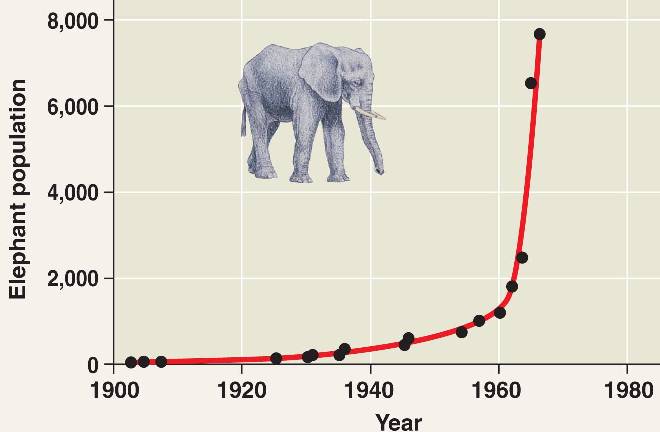
One year on from an astounding election victory and the Republicans in Washington are showing the way forward with economic growth, unemployment reduction AND less people being able to afford private healthcare. Well….I guess you can’t have it all.
OR CAN YOU?
The flow through effect for Australian business is positive in every sense.
The ASX200 is climbing with the Dow Jones, economic predictions are upbeat for 2018 and the Aussie Dollar is strong and stable.
Justifiably, management is looking to maintain current marketing spend and/or increase it to capture the imagination of their target audience subsequently improving sales and increasing the bottom line.
Good thinking, we all say – let’s get down to it and show the market how it’s done. There are plenty of opportunities out there and prospective business has never been so good.
Our major disappointment in this scenario is that this is where the momentum ends. Management just doesn’t get the fact that
Motivation = creative input = expenditure
to gain better results.
Too many marketers are overtaken by fear when they see the cost of delivering and rewarding a highly tuned incentive program. It’s not the cost of actually running the program that worries them but the cost of the reward. Let’s not forget that these guys want to be seen as heroes when it comes to reward but they lack bravado when it comes to paying for it.
Many will consider a set budget to be the required amount of funding necessary to deliver a quantifiable and well-deserved reward. Very few are thinking outside the box and looking into the “exponential growth” ether.
It’s time marketers started looking at what they need to achive and figure out the best way to reward their high achievers. If they are governed by Head Office budgets then they need to consider:
- Raising qualification levels
- Reducing the number of qualifiers
- Change the program reward
- Factor the cost of additional qualifiers into the earning process – i.e.
Higher sales = more revenue = more funds available for reward
It is not viable to think you can keep on providing the ultimate reward for an ever increasing number of qualifiers with the same budget that has remained static for 5 years.
Dare to be different and make the most of what the economy has to offer. Go with the flow and give the market what it is screaming for:
Recognition, creativity and above all –
Leadership.

